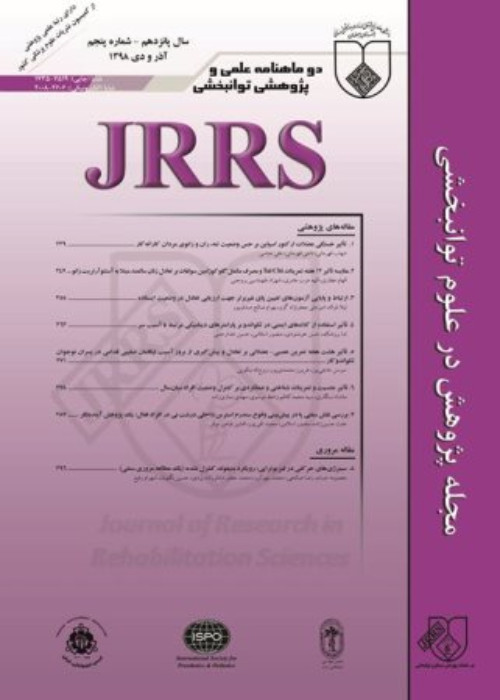Assessment of Muscle Activity and Co-contraction in Knee and Ankle Joints during Forward and Backward Walking in Healthy Individuals
Backward walking trainings are recommended to improve lower limb muscle performance in patients with joint injuries. The purpose of this study was to investigate muscles activity and co-contraction in ankle and knee joints during forward walking (FW) and backward walking (BW) in healthy individuals.
Ten healthy men aged between 18-28 years participated in this study. The activity and co-contraction of selected muscles (rectus femoris, vastus lateralis, vastus medialis, semitendinosus, biceps femoris, gastrocnemius medialis, gastrocnemius lateralis, and tibialis anterior) were detected using electromyography (EMG) during stance and swing phases of FW and BW. To identify beginning and end of movement, 4 cameras of motion analysis system were synchronously used with EMG. The data statistical analysis was done using repeated measures ANOVA test via SPSS software.
The activity of tibialis anterior (P < 0.001) and gastrocnemius lateralis (P = 0.02) increased respectively at stance and swing phases of BW in comparison to FW. In knee joint, co-contraction of vastus lateralis and vastus medialis at swing phase of BW increased in comparison to FW (P = 0.02). In the ankle joint, co-contraction of dorsiflexor and plantar flexor muscles at stance phase of BW increased in comparison to FW (P < 0.001). At swing phase, co-contraction of dorsiflexor and plantar flexor muscles decreased during BW in comparison to FW (P = 0.04).
The results of the current study suggest that activity of the lower limb muscles increased during BW in comparison to FW. In addition, co-contraction of lower limb muscles can have mal-effect on knee joint, but useful effect on ankle joint during BW in comparison to FW.


